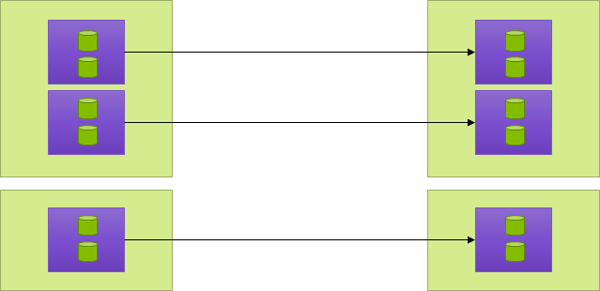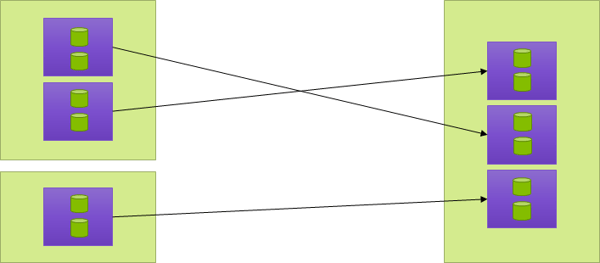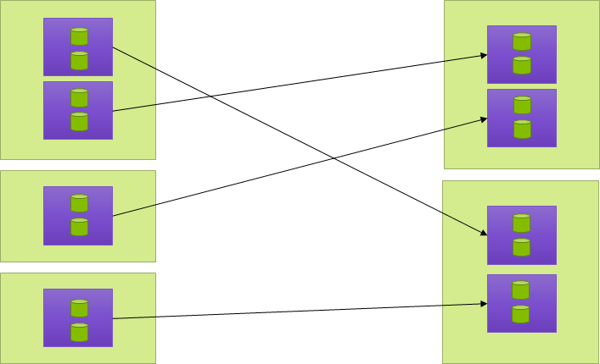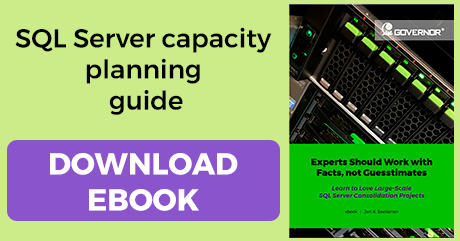In the Microsoft SQL Server world, every now and then there is a need to renew the data platform servers. Reasons for the renewal can be such as hardware or software getting old, undergoing a company merger, renewal of data center, end of SQL Server license agreement period, or just seeking savings on data platform costs.
In order to avoid basing the decisions related to the new data platform into off-putting, time consuming Excel exercises from snap-shot data and gut feelings, you should monitor the platform performance counters systematically. Not only will you save time, but in addition get a more accurate, fact-based plan, and gain some cost savings.
In addition to having the server, instance, and database level monitoring data from various performance counters in the form of time series (such as average and maximum CPU and RAM usage, database and log level IOPS and size allocations etc.), we also should understand the source server and hypothetical target server benchmarks, and the trend patterns for each performance counter. Having all these makes the actual capacity calculations accurate and trustworthy. When coupled with understanding of the standalone, clustering and Always On Availability Group type configurations, and different aspects of virtualization and SLA’s for each server, instance and service, we have a baseline for what we need for different capacity planning scenarios.
Server level right-sizing for dedicated workloads
When there are dedicated instances or when there is a SQL Server that has more services (SSIS, SSRS or SSAS) than just DBMS, the most convenient and straightforward way to calculate the capacity needs is on the server level. Another option would be to analyze the workloads separately for each instance and service and split them into separate capacity planning entities. Server level right-sizing is also a good method for “lift-and-shift” type of use cases, where just a certain individual standalone server, cluster or AlwaysOn AG needs to be renewed into a new platform. Typically, the SQL Server licensing and hardware cost savings are in the 20-30% ballpark when using the Governor software for the right-sizing planning. Savings can be achieved due to the accuracy of the method, and because of the newer hardware generation.

Server level consolidation for scattered data platforms
If you have too many old servers scattered all around, and you want to consolidate the many servers into a fewer, more powerful target servers, server level consolidation is a good choice. In these cases, there may also be some loose capacity on the source servers. In server level consolidation you will end up running more instances on the same server, so it is very important to understand the usage profile of the monitoring data as a function of time. The SQL Server licensing and hardware cost savings can easily reach 30-50% when the server level consolidation plan is done with the Governor software. This level of savings can be reached because of the accuracy of the method, compact stacking of the servers, and newer hardware generation.

Instance level consolidation to maximize the cost savings
This is the most complex way of capacity planning, but it is also the most efficient in terms of gaining license and hardware cost savings. If there are more than 10 servers, whose SQL Server instances can be freely mixed together, the Governor software can seek the optimal re-stacking of the SQL Server instances on the target platform, so that the target server and CPU core count are minimal. SQL Server licensing and hardware cost savings can reach even over 50% when using the Governor software for the instance level consolidation. That is thanks to the accuracy of our patent pending method, compact re-stacking of the instances, and the newer hardware generation.

Mix and match these methods to gain maximum cost savings
Only with the Governor software you can mix and match these three different kind of capacity planning methods into a single solution and gain so significant savings on licensing and hardware costs – in addition to reducing the ecological footprint of the overall data platform! There is no sense for running the existing platforms with too heavy or too light workloads. With Governor you can harmonize your platform in an automated, optimal and fact-based way, while cutting the project execution time from years to months and months to weeks.
Learn more about optimizing SQL Server capacity:
Jani K. Savolainen
Founder & CTO
DB Pro Oy
P.S. You might also enjoy my previous blog articles on The 4 common misbeliefs in SQL Server consolidation, and Why DBAs need mathematics and machine learning for SQL Server capacity planning.
P.P.S. Want to discuss on how much savings could be achieved by consolidating your data platform? Don’t hesitate to contact me! I practice what I preach.






